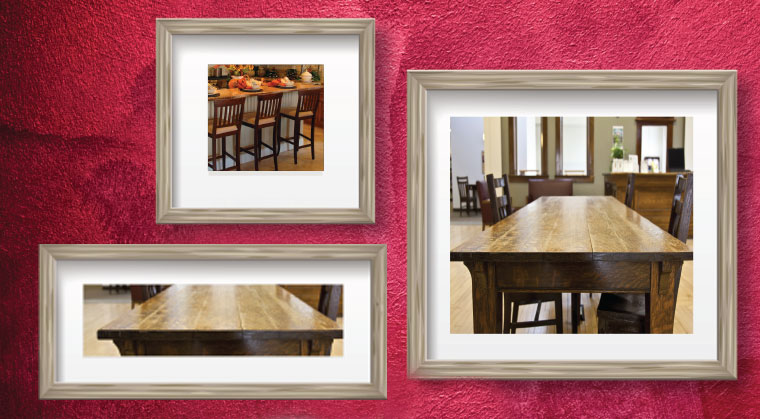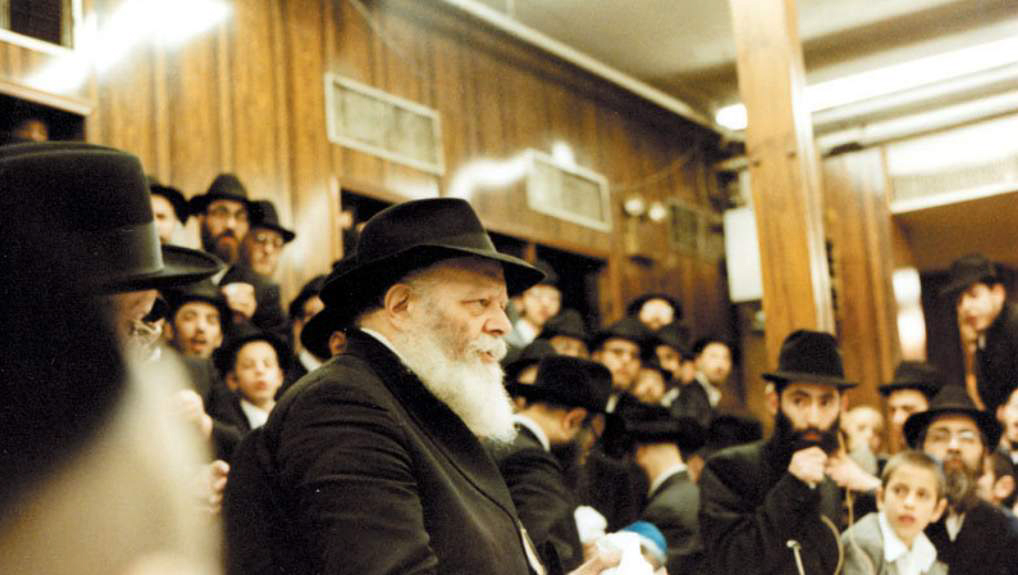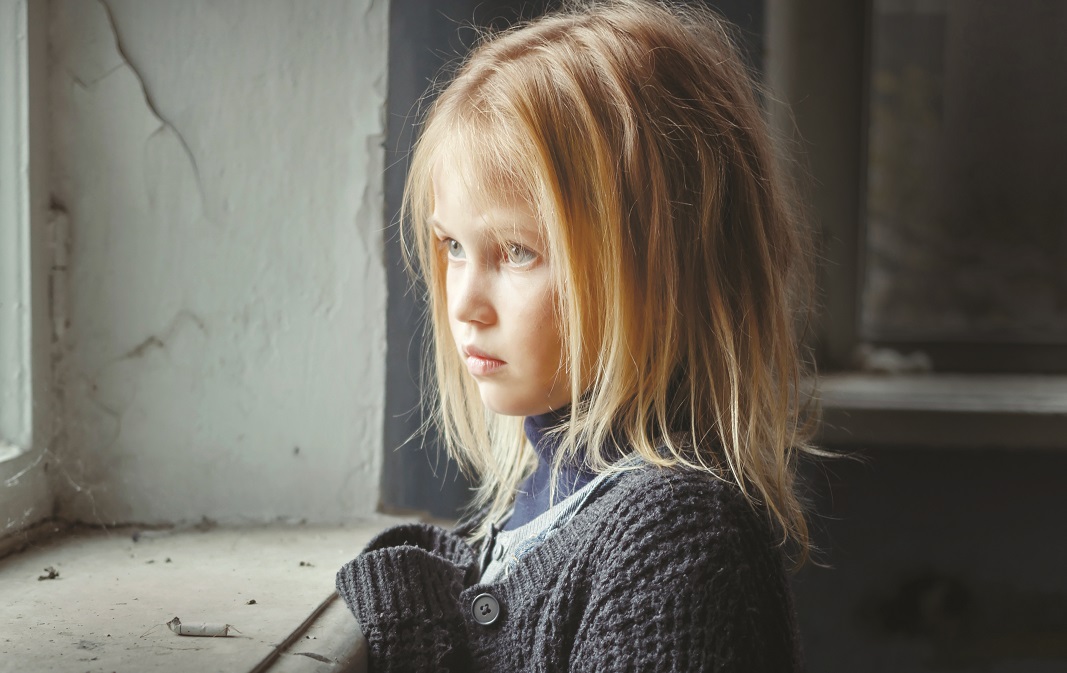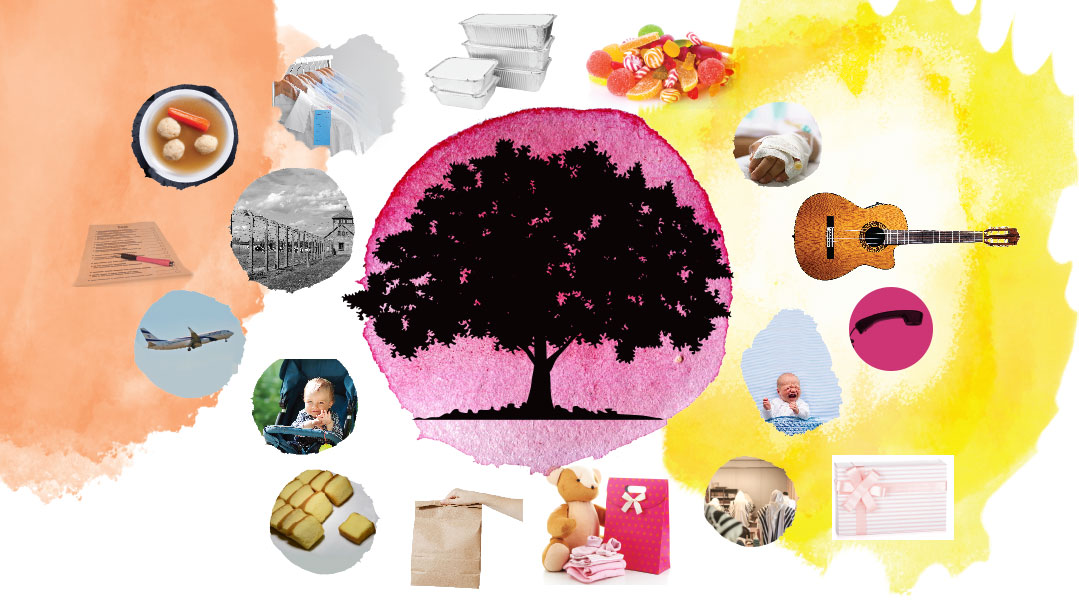Telltale Table
| October 13, 2016The table was the focal point of our gorgeous country kitchen, next to the yawning windows showcasing Vancouver’s snowy peaks, crystal-blue skies, and glittering waters

Photo: Shutterstock
It was 1991, I was five years old and eager to be in on the action, when we — my parents, sister, and I — went to choose a new kitchen set for our renovated home. I brought along my markers and coloring pad and sketched quietly in the corner as my parents finalized the deal with the artist who made specialty tables.
It is a unique piece: light, solid oak, carved into a classic six-seater table. The edges are adorned with elegant, hand-painted flowers in blue and burgundy. Wisps of forest-green stems and leaves frame the flowers, and the chairs are delicately hand-painted with the same design. There are three matching barstools, with the same flowers and greenery, perched at the kitchen island.
The table was the focal point of our gorgeous country kitchen, next to the yawning windows that showcased Vancouver’s snowy peaks, crystal-blue skies, and glittering waters. The table was our meeting place. It hosted family meetings where we discussed our responsibilities with Wiggles the Hamster and Gefilte the Siamese Fighting Fish, and upon it we enjoyed countless birthday dinners.
Every night at 6 p.m., the table would be adorned with matching place mats, my mother would place a delicious, nutritious dinner on the table, and my father would loosen his tie and relax with his girls. The kitchen table — the casual sibling of our serious, conservative dining room table (used only for Yom Tov) — hosted Shabbos dinner every week, for many years. It was the meeting place for many in our neighborhood to come and enjoy a coffee, on their way to and from soccer games and the mall. The table could expand, and chairs would be added, to host a gathering for which the main soundtrack was a steady pulse of love and harmony.
The table, 25 years later, is neither worn nor shabby, yet it’s proof of life’s changing nature and is uniquely personal to my family’s story. The table has borne witness to life’s most ebullient and tragic moments.
Somewhere along the way, the table changed, and was no longer only a symbol of togetherness, love, and warmth. It slowly became the witness of ripples of sadness, then tragedy. My parents’ names are discreetly painted on the inside leg, with wisps of leaves that form a large heart. Fifteen years after my parents’ divorce, the enduring imprint is mockingly endearing as the table now stands in the home of my mother and her second husband. Its country elegance is somewhat lost in the sea of gleaming chrome and shiny marble. Here, the table became more functional than foundational.
The barstools, perched at the expansive black marble island, bear the names of my sister and me. We were so proud to have our own stools. Every morning, we’d crunch our Cheerios, high ponytails bobbing, and frilly-socked legs swinging. If either of us sat in the wrong seat, it could set back the morning routine faster than lost homework. The middle barstool was left empty for a lucky friend, or for the other sibling I always hoped would materialize.
Now, my sister’s stool stands bereft of its owner. When my sister was nifteres two years ago, her name on the back of the empty seat became another daily reminder of the gaping hole left in our family and in our hearts.
Most recently, the table has become the meeting place for my mother’s speech, physio, and occupational therapists, and the place my mother slowly ambles toward when she can get out of bed. My mother no longer brings the steaming food to the table, yet I watch her clutch the edge of the table, steadying herself on the firm wood.
I will not let the table disappear into an oblivion of sadness and change. I cannot, because the table has always reflected the emotions of my family. Tears and tinkling laughter have soaked into the pores of the table, testimony to one family’s story, and the ultimate symbol of resilience and togetherness. The table still speaks of kindness, empathy, compassion, and warmth. It now hosts my two boys; my one-year-old shrieks delightedly in the high chair, and my five-year-old draws pictures eerily similar to the ones I drew 25 years before as we excitedly purchased the table.
The table will host Shabbos dinner this week: my husband in his black hat sitting next to my bareheaded grandfather, my unwell mother, and my delicious children. It will host four generations. And as I distractedly trace the flower pattern on the surface, I realize that the table is our mizbeiach, and I think of my family’s korbanos.
I give my own offering to Hashem: a searing and silent tefillah that encapsulates hope and emunah, acceptance and confusion, love and loss. And I am calm, in the solidness of the table, in the solidness of my family, and in the solidness of my deeply rooted knowledge that our precious little table was not the only one to absorb the tears and tinkling laughter; Hashem has collected every offering given with far more love and compassion than I can fathom.
(Originally featured in Family First, Issue 513)
Oops! We could not locate your form.





